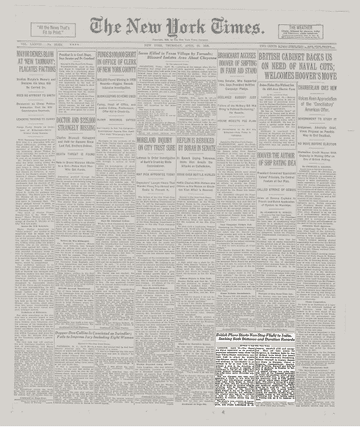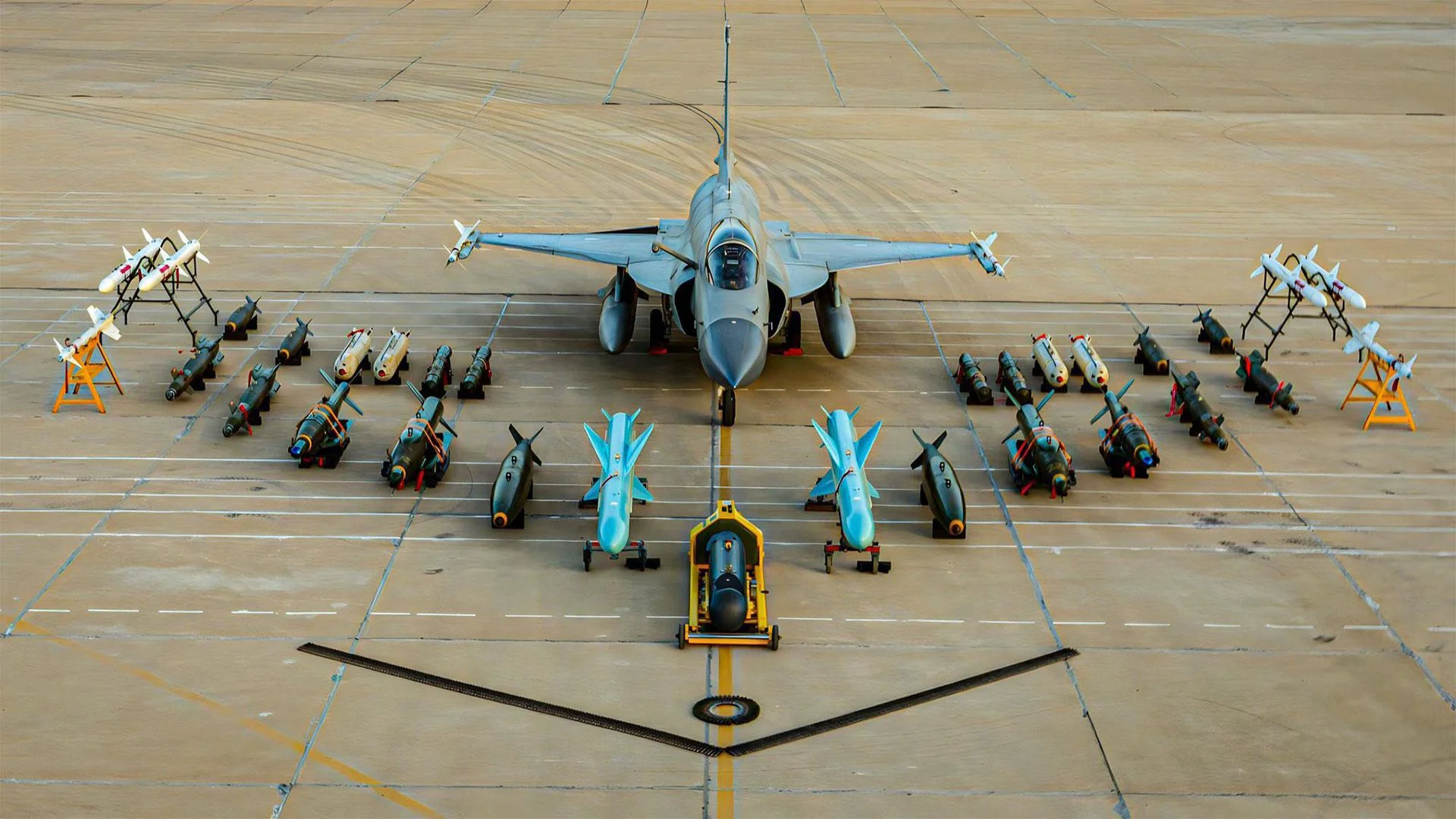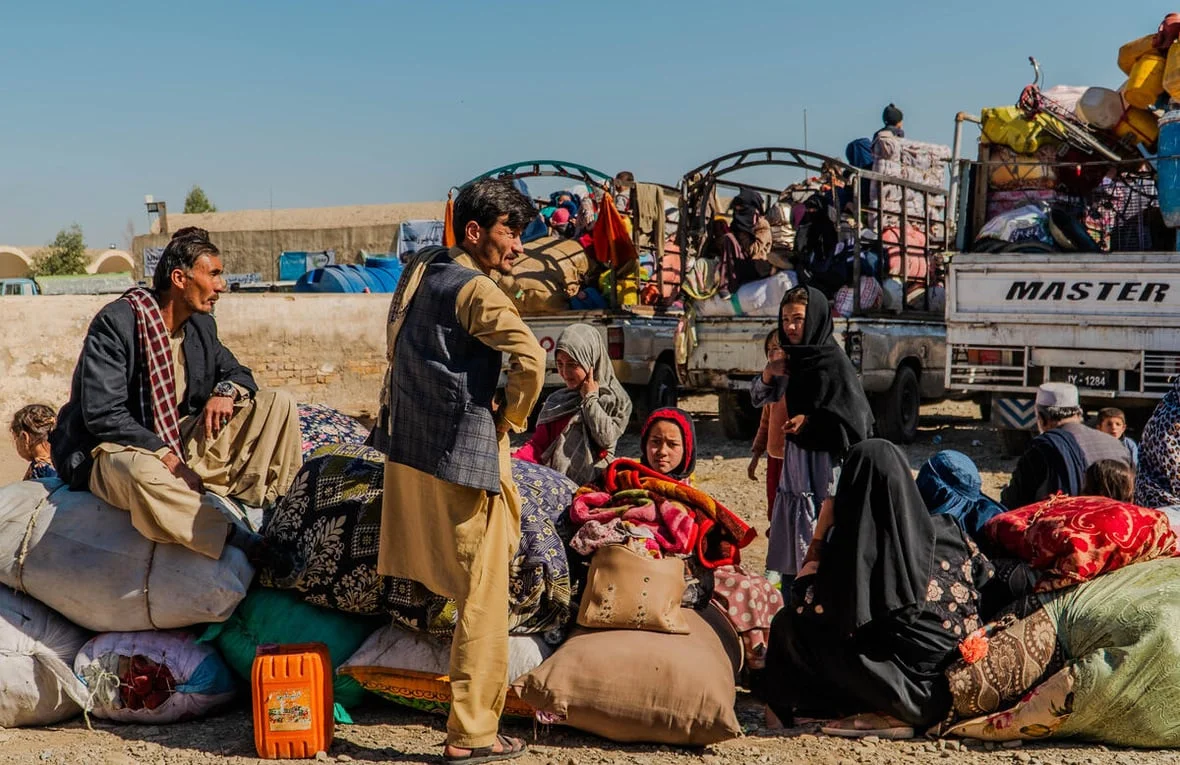Two Welshmen, Squadron Leader Arthur Jones-Williams (OBE, Croix de Guerre, MC, and Bar) and his Co-Pilot Flight Lieutenant Norman H. Jenkins (OBE, DFC, DFM) made the first nonstop flight from the UK to British Raj.
First Nonstop Flight
The flight took off on 24th April 1929 from RAF Cranwell in Fairey Monoplane serial number J9479, manufactured in 1928 for long-distance flight. The flight was enroute to Bengaluru, the Kingdom of Mysore in the British Raj.
Their flight lasted 50 hours and 37 minutes. On their nonstop trip, they covered a distance of 4,130 miles (6,646.6 kilometers).
Their departure got delayed for a few days. This was due to bad weather conditions. Further, they made a few changes before their next take-off. They reduced Monoplane’s weight to 16,000 pounds (7,257.5 kilograms). They also planned to wait for at least a 10 mile per hour (16 kilometers per hour) headwind.
After taking off, the plane took 16.5 hours to cross Europe into Asia. They flew over Istanbul into Asia. After 10.5 hours they entered Baghdad. Baghdad was then under British Rule. Two pilots landed in Karachi, which is now a metropolitan city of Pakistan, 22 hours after they crossed Baghdad.
Consequently, it went down in history as one of the most historic moments and proved vital for future aviation operations and missions. The flight duration was around 50 hours.
The Plane Specification for the First Nonstop Flight
Moreover, the Fairey Long-Range Monoplane was a British experimental aircraft that flew for the first time in 1928. It was a high-wing, single-engine plane with the fixed tail skid landing gear. The aircraft was planned to follow Air Ministry Specification 33/27. The Directorate of Technical Development (DTD) published this in December 1927. Fairey Aviation accepted the challenge and built two planes.
The Fairey Aviation and its plane had the opportunity to set the record of holding the longest flight. One from the UK to British Raj and the second was from the UK to South Africa.
The Pilots
Furthermore, Arthur Gordon Jones-Williams was promoted to the Royal Flying Corps, from the Welsh regiment, in January 1917. His first series of wins came while flying a Nieuport bomber for 29th Squadron. Jones-Williams was promoted to Flight Commander and awarded the Military Cross just five months after joining the R.F.C. Jones-Williams remained with the Royal Air Force during World War I and was awarded the O.B.E. In June 1927, he was promoted to Squadron Leader, and on January 1, 1928, he was promoted to Wing Commander. Throughout his life, he remained unmarried.
On June 3, 1925, Lieutenant Norman Hugh Jenkins, DFC, DSM, Royal Air Force, was promoted to the Most Excellent Order of the British Empire. Jenkins was also very well decorated with war and service medals, like Jones-William.
A Tragic Ending
Similarly, another effort was made to make another record of nonstop flight, flying 4,912 miles (8,007 km), from England to South Africa. The flight took off with the same crew as the first on December 16, 1929, but crashed south of Tunis, crashing the plane and killing the crew, which included Jones-Williams and Norman Jenkins.






